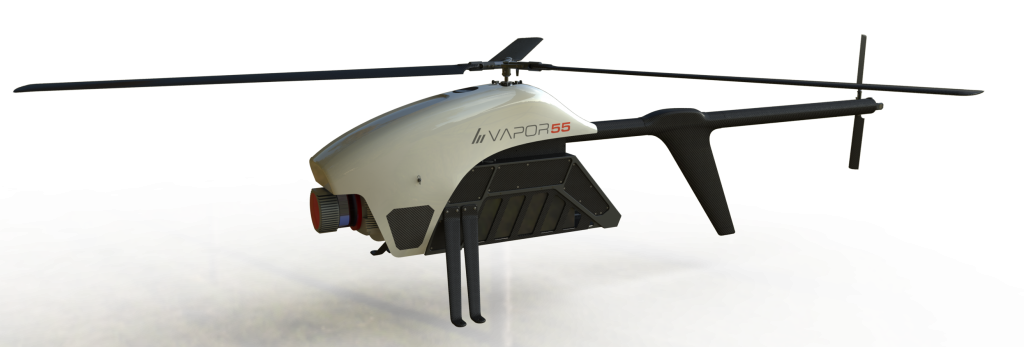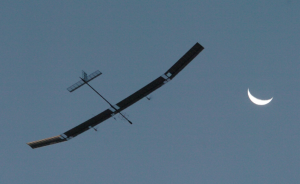Ultra-light Drone capable of satellite-like functions
Recently the Emirates Institution for Advanced Science and Technology, or EIAST, was the first civil organization to test the Zephyr, a solar powered UAV developed by QinetiQ of Britain. This new aerial platform is a type of pseudo-satellite, designed for long duration, high altitude flight. It’s capable of reaching altitudes up to 61,700ft and staying aloft for over 330 hours, or 13 days. After takeoff, the Zephyr takes about a day to climb to an altitude of 40,000ft, then cruises between 40,000 and 60,000ft. The flights conducted by EIAST demonstrate the drones ability to operate in a heavily crowded airspace. In the near future this type of aircraft will be used for communications and intelligence operations. It also has many civil applications such as resource management, environmental monitoring and emergency support services.
Americas drone industry faces resistance from the FAA
Under current FAA regulations, nearly all commercial use of UAVs is prohibited. Once allowed, they will reshape aviation all together. Congress has asked the FAA to integrate drones into the national airspace by 2015, but there is growing frustration towards the slow progress. Thousands of companies are asking how they can legally integrate this technology but there are currently no answers. Because of this, numerous companies and organizations are moving abroad to legally peruse drone use and development. Despite the lack of regulation, drone use in the US is rapidly growing. Use by hobbyists, photographers, realtors and other civilians is occurring unrestricted and without FAA approval. The FAA has been trying to slow this wave of drones by sending out cease and desist letters. Several test sites around the country have been established, but there use is being suffocated by paperwork and strict rules.
Pulse Aerospace® Announces VAPOR 55TM
Pulse Aerospace, Inc. has recently revealed its latest product, the VAPOR 55TM. It is a single rotor electric UAV helicopter designed for commercial, industrial, and security applications including agriculture, security, remote sensing/inspection, and aerial photography. The drone comes with an easy to use touch-screen navigation system that makes planning and executing missions easy. This new product is significant to the drone industry because it has been condensed into a sub-55lb form factor, yet it can still carry payloads up to 12lb. The FAA has imposed some restrictions limiting most domestic drones to under 55lb. Anything over this weight limit requires special certification. The VAPOR 55TM allows operators to carry a larger payload with a smaller all around package. Single rotor helicopters are known to have a higher payload capacity than multirotor platforms. This has to do with the large, circular blade area relative to the array of smaller blades a multirotor has. The main drawback to a single rotor system is increased noise and danger.




